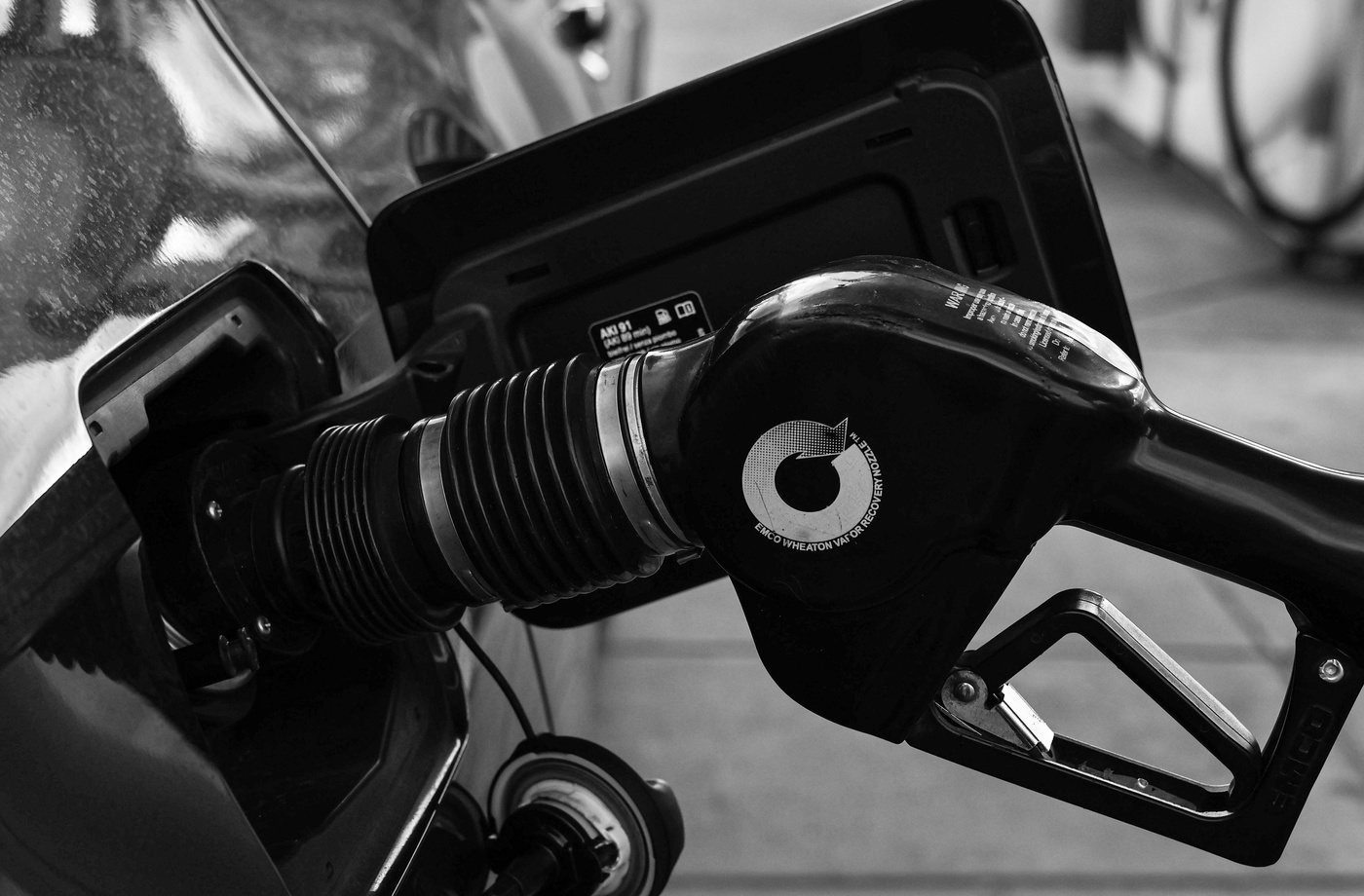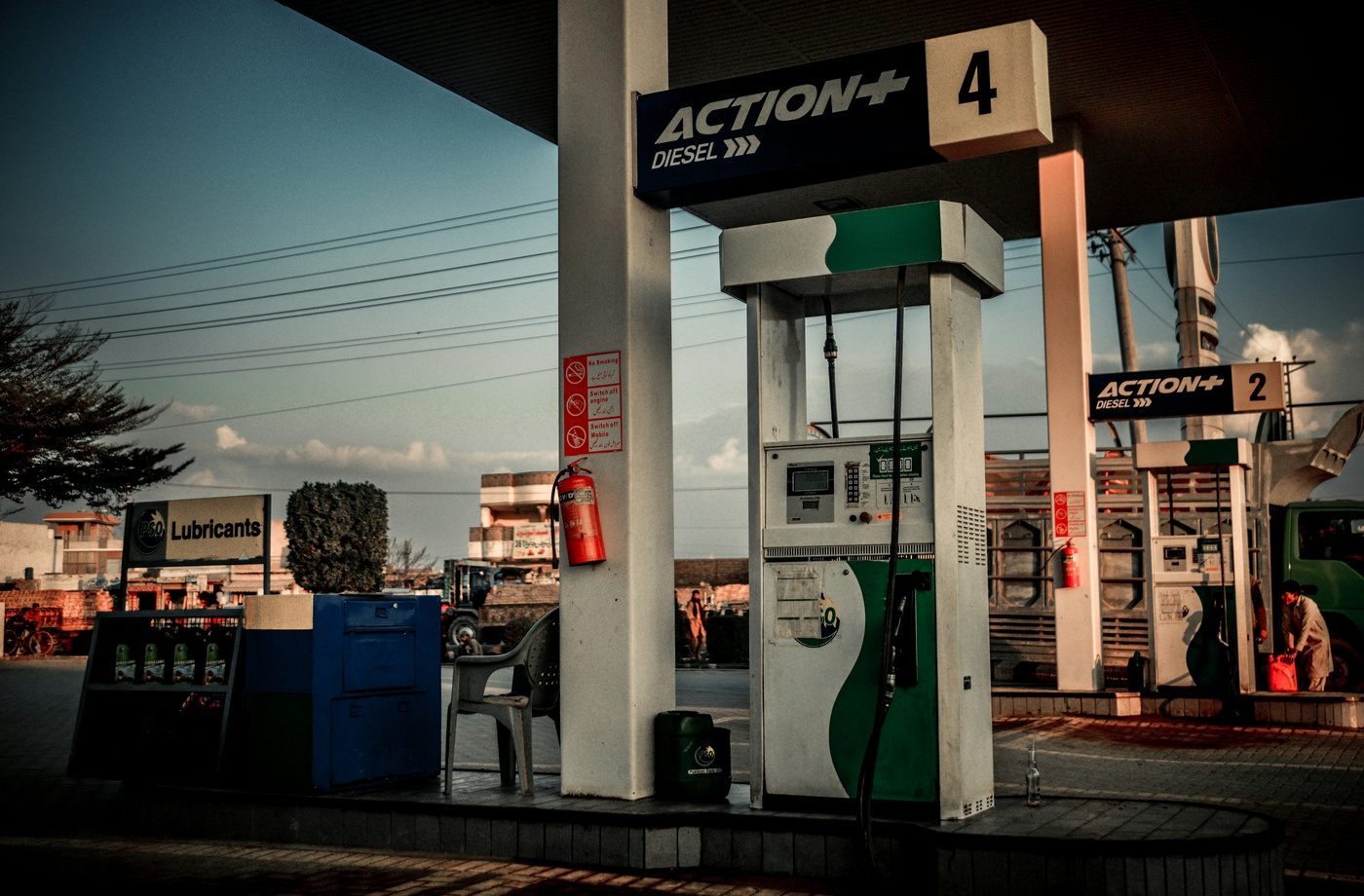Cutting fuel costs doesn’t always require high-tech tools or major lifestyle changes. Sometimes, simple changes to your driving habits and vehicle care routine can result in meaningful savings at the pump. Whether you’re a daily commuter or drive for a living, these ten habits are proven to stretch your tank and your wallet.
- Drive Smoothly and Avoid Aggressive Acceleration
Rapid starts and sudden stops waste fuel. According to the U.S. Department of Energy, aggressive driving can lower your gas mileage by up to 33% on the highway and 5% in city driving. Ease into the gas pedal and coast to red lights when possible.
- Keep Your Tires Properly Inflated
Low tire pressure increases rolling resistance, which forces your engine to work harder. Check your tire pressure monthly and match it to the manufacturer’s recommendation (usually found inside the driver’s door). Use a reliable tire gauge or a digital inflator with auto shut-off for accuracy.
Learn more at FuelEconomy.gov – Tire Maintenance
- Remove Excess Weight From Your Vehicle
The more your car weighs, the more fuel it needs to move. Every extra 100 pounds can reduce your fuel efficiency by about 1%. Clean out your trunk and avoid storing heavy items unless necessary.
- Use Cruise Control on Highways
Cruise control helps maintain a consistent speed, which can improve fuel economy during long-distance travel. Just be cautious on hilly roads where it may lead to excessive engine load.
- Limit Idling Whenever Possible
Idling wastes more fuel than restarting your engine. If you’re parked and waiting for more than a minute, turn off the engine. Modern engines are designed to restart without wasting gas or wearing out quickly.
- Combine Errands Into One Trip
Cold starts use more fuel. Instead of running multiple short trips throughout the day, group your errands together. This keeps your engine warm and improves efficiency.
- Use the Right Grade of Motor Oil
Follow your vehicle’s manufacturer recommendations for oil grade. Using the wrong type can reduce fuel economy by 1–2%. Look for motor oil labeled “Energy Conserving” to get an extra edge.
- Keep Your Engine Tuned and Air Filters Clean
Routine maintenance improves engine performance. A clogged air filter or failing spark plug can drastically hurt your MPG. Check your maintenance schedule and stick to it.
Refer to AAA’s Car Maintenance Guide
- Plan Routes With Traffic in Mind
Avoiding congestion can save both time and gas. Use apps like Waze or Google Maps to find less congested routes and avoid construction zones.
- Fuel Up Strategically
Try to fill your tank during the early part of the week—Monday and Tuesday often offer the lowest gas prices, according to GasBuddy. You can also pair smart timing with fuel rewards programs like:
Additionally, digital gift cards can help you save even more—especially when paired with cashback apps like Fluz. With Fluz, you can instantly earn cashback with a Shell virtual card, get rewards with a BP virtual card, or earn cashback with a Chevron virtual card and use them immediately at the pump.
Start Small, Save Big
You don’t need a hybrid vehicle or expensive upgrades to save at the pump. Just adopting a few of these everyday habits can lead to noticeable improvements in fuel economy—and more money in your pocket.



